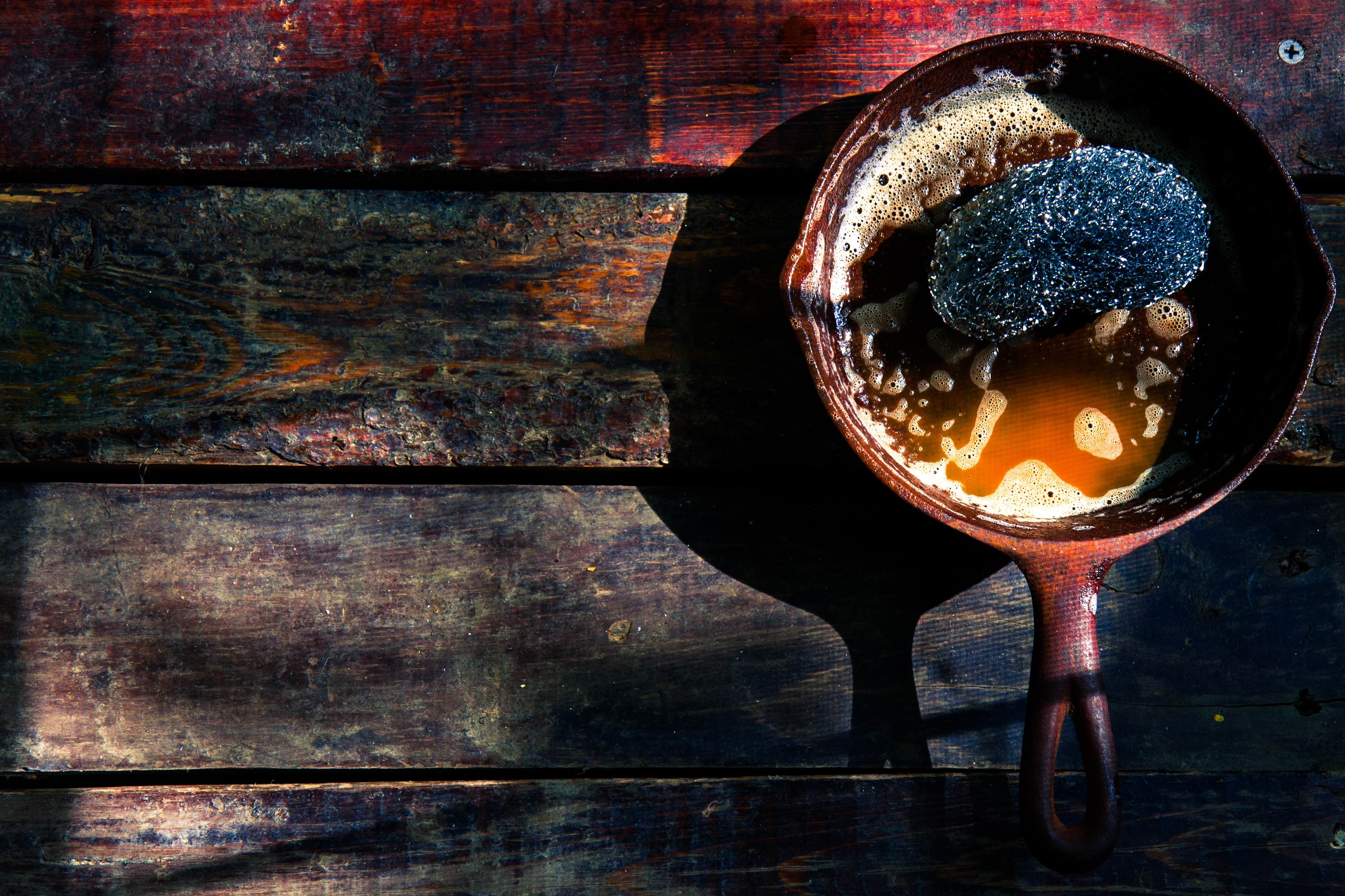
Want to know how to clean cast iron? Most of us have something in our home or garden that’s made from cast iron, whether furniture, oven or cookware or even appliances, so knowing how to clean them properly is a must. Here are the very best cleaning solutions to keep this material looking as good a new.
For more cleaning tips and hacks, visit our cleaning hub page.
How to clean cast iron furniture
If you are planning on giving your outdoor chairs and tables one last spruce-up before covering them for winter, use a sponge dipped into a mixture of warm water and washing up liquid to clean all the surfaces. To get into the crevices and tight curves of more intricate furniture, use a small nylon scrubbing brush or an old toothbrush. Rinse with clear warm water and dry with a clean cloth.
How to remove rust from cast iron furniture
Light rusting on the surface of cast iron furniture can be removed by a gentle rubbing with sandpaper. Wipe it down afterwards with a dry cloth to remove any rust particles that may have been left behind. Then, scrub the furniture with a nylon brush dipped in a mixture of warm water and washing up liquid, taking care to rinse thoroughly and dry off with a clean cloth afterwards.
Cleaning your cast iron pan supports
You should clean your hob pan supports by hand and avoid putting them in the dishwasher because it can tarnish them. Use a form of neutral detergent such as washing up liquid mixed with warm water, and a sponge or nylon scouring pad. To get rid of any stubborn, dried on food particles and grease, invest in a brass bristle BBQ brush, such as the wooden-handled Maxman Brass Wire Brush, £5.99, available from Amazon. Always rinse the supports afterwards and dry thoroughly.
How to clean large-sized cast iron pan supports
If your pan supports are a bit too cumbersome to wash in the kitchen sink, try soaking them for a while in the bath. Buy a cheap, rubber non-slip mat to lie them on carefully so that they don’t scratch your bath and cover them with warm water and washing-up liquid. After you have removed the grease and grime, make sure you rinse them in clear water and dry them off well.
How to clean a cast iron stove
As the nights get chillier, you might be thinking about throwing a log or two into the woodburning stove. There are a few ways to get it looking clean and ready for action. Always try out any cleaning remedies when your stove is cooled and not in use.
Any random drips and spills can be wiped away with a sponge dipped in a 50/50 solution of water and vinegar. For tougher residues and stains, mix 4oz of bicarbonate of soda with two tablespoons of washing up liquid in a bowl. Add some distilled white vinegar to the mixture until you have a creamy consistency. Dab this onto any stubborn marks which need dislodging and scour with a soft, nylon bristled washing-up brush or old toothbrush. You can use a stiffer brush if the stains are proving stubborn. When you have finished, give the stove a wipe over with a wet cloth and then dry it off with a dry cloth or paper towel.
Alternatively, try putting 8oz of coarse rock salt into a bucket and adding 1 litre of lukewarm water. Stir until the salt dissolves, put on some rubber gloves and use a cotton cloth dipped into the liquid to wipe down the stove. Use a wire brush or steel wool to remove any remaining spots of dirt. Finally, give the stove a wipe over with a cloth dipped in clear water and dry thoroughly.
Find out more about cleaning and maintaining a woodburning stove in our guide.
How to clean a cast iron skillet or pan
When cleaning a cast iron cooking utensils, it’s always best to avoid using washing-up liquid, steel wool or the dishwasher. That’s because these methods will strip the surface of the pan of its seasoning (slick, multiple coats of thin oil), making it less effective when in use.
Instead, take some paper towels and wipe the interior surface of the skillet or pan while it is still warm to remove any excess food and oil. Next, rinse it under hot running water while gently rubbing with a non-metal, non-abrasive pad to remove any food traces. You should lightly oil your skillet or pan after each cleaning to keep it in good condition. Do this by making sure all traces of moisture are gone before warming it on a low-medium heat. Add half a teaspoon of oil to the pan and, using a paper towel, spread the oil across the interior surface. The surface of your skillet or pan should now look dark and smooth. Let the pan cool before you put it away.
How to remove burnt-on food residue from a cast iron skillet or pan
Pour some hot water into the pan and add about three tablespoons of coarse sea salt. Rub at the sticky residue with a sponge, but if you need to apply a little more force, invest in a cast iron chainmail scrubber. The burnt-on gunk gets caught between the links of the chain and is pulled away effortlessly, with no damage to your pan.
How to clean a cast iron grill
There are a few different ways to make your cast iron grill look as good as new:
Rub the surface with distilled white vinegar and allow it to sit for a few minutes. Once the vinegar starts to dissolve any deposits of rust, grease and grime, use a wire brush or a piece of steel wool to clean the affected area. Repeat this process until all residue has gone, then rinse well with clear water and dry thoroughly.
Or, you can make a thick paste using bicarbonate of soda and water. Apply the paste to the build-up of rust or grime on your grill and allow it to stay there for two to three hours. Then scrub away the paste using steel wool and repeat as necessary. Rinse your grill thoroughly and dry well afterwards.
Finally, for particularly heavy staining when you need some thing more abrasive than baking soda or vinegar, make a thick paste using water and coarse sea salt. Apply it to the affected area then use steel wool or a wire brush to scrub it away. You can repeat the process if you still have some rust or residue to remove, then remember to rinse well and dry thoroughly when you have finished.
More cleaning tips:
- Baking soda cleaning tips: 25 hacks for using bicarbonate of soda to clean your home
- 15 ways to use vinegar to clean your home
- How to clean a kettle
Join our newsletter
Get small space home decor ideas, celeb inspiration, DIY tips and more, straight to your inbox!
-
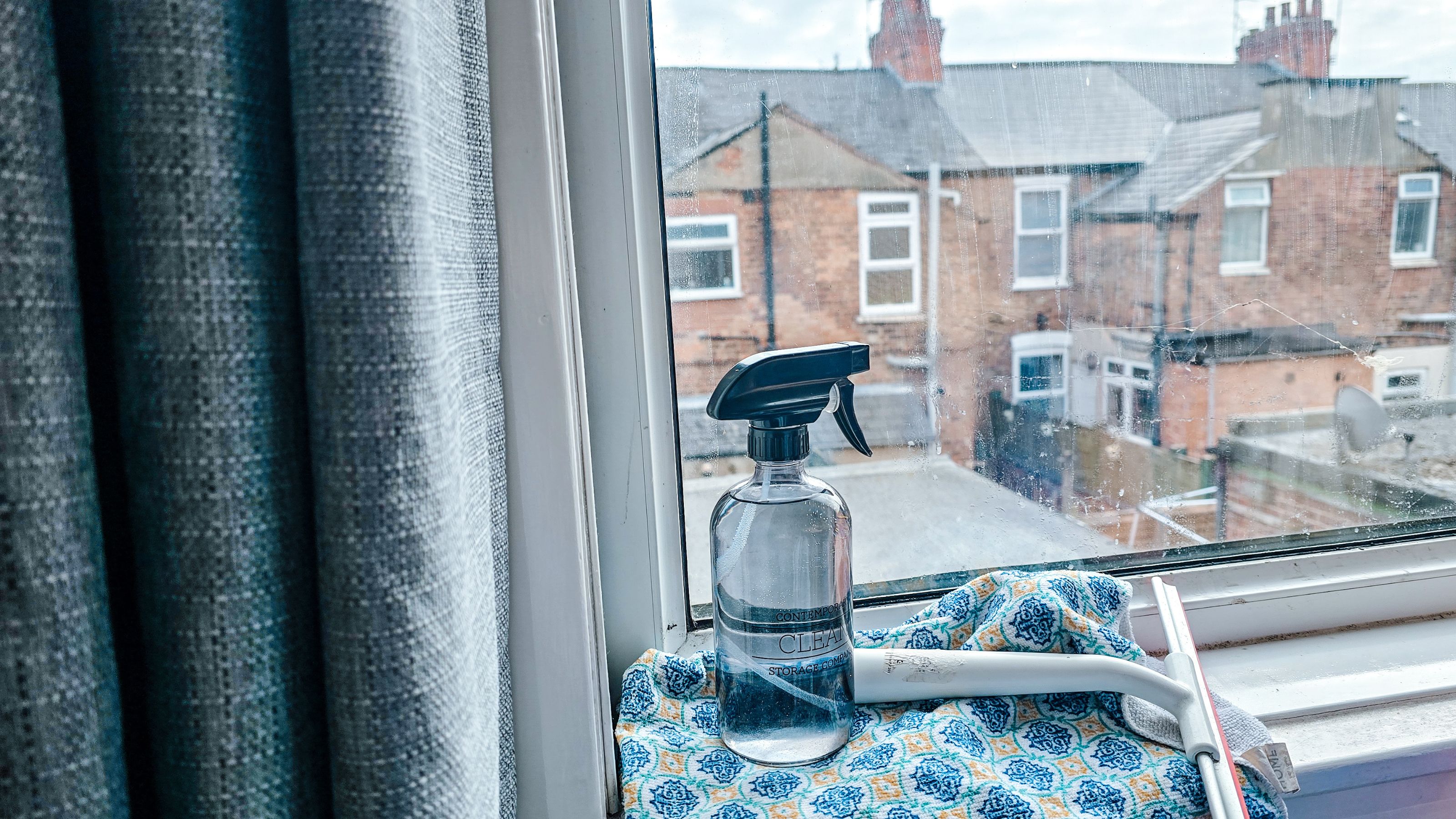 How to clean windows without streaks — 5 easy steps that cleaning pros always follow
How to clean windows without streaks — 5 easy steps that cleaning pros always followThis method on how to clean windows is favored by professional cleaners. We've asked them for the steps you should follow, plus picked cleaning buys
By Eve Smallman
-
 The latest Shark sale deals are perfect for pollen-proofing your home — with up to $150 off our favorite vacuums
The latest Shark sale deals are perfect for pollen-proofing your home — with up to $150 off our favorite vacuumsWe found the latest Shark sale deals on vacuums that are sure to be swooped up, especially as spring blooms trigger pollen allergies and we're in need of extra cleaning
By Danielle Valente
-
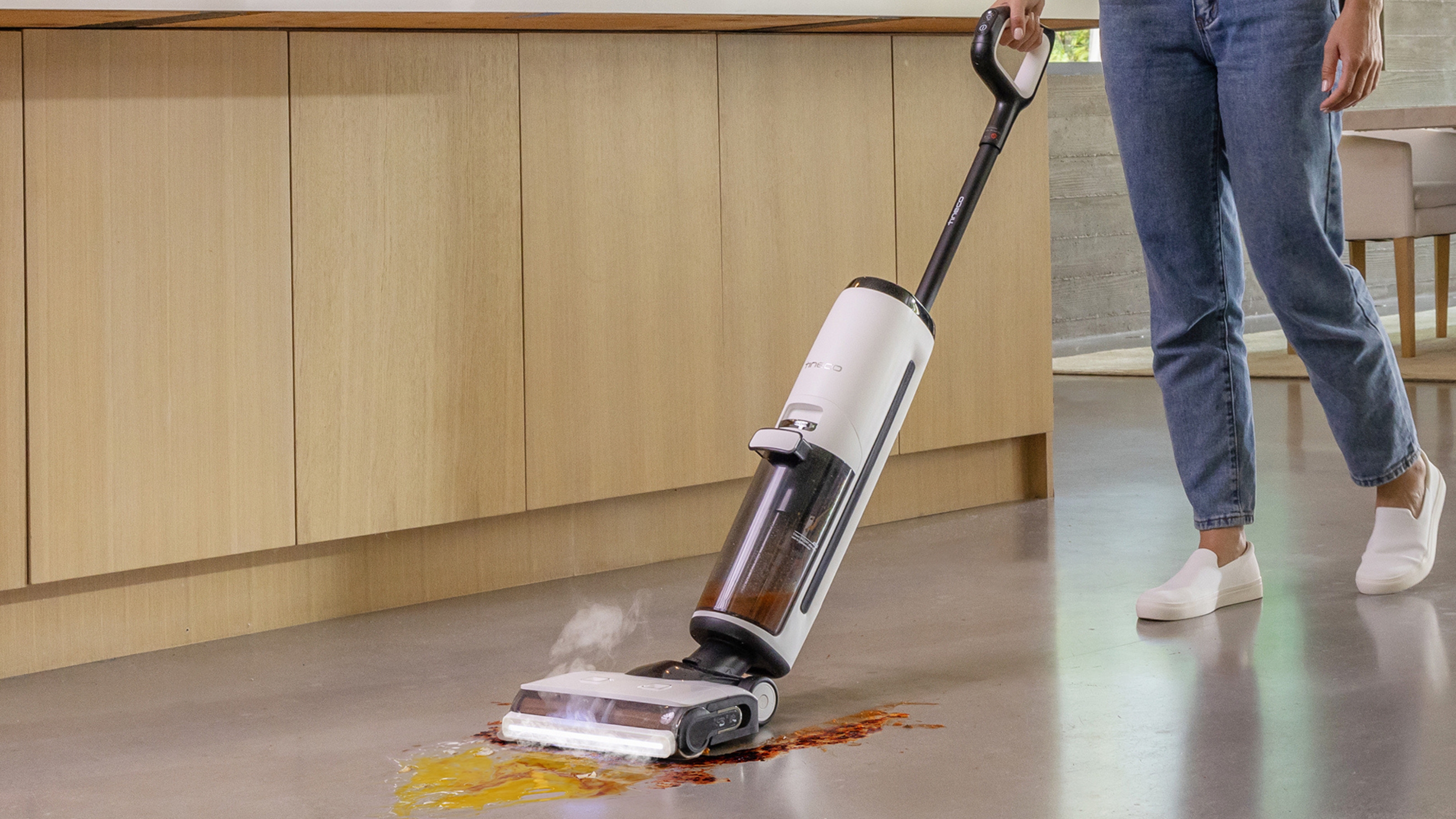
 Tineco Floor One S7 steam wet-dry vacuum review — spotless floors with minimal effort
Tineco Floor One S7 steam wet-dry vacuum review — spotless floors with minimal effortOur contributing editor, Camryn Rabideau, tests the Tineco Floor One S7 steam wet-dry vacuum in her New England homestead property
By Camryn Rabideau
-
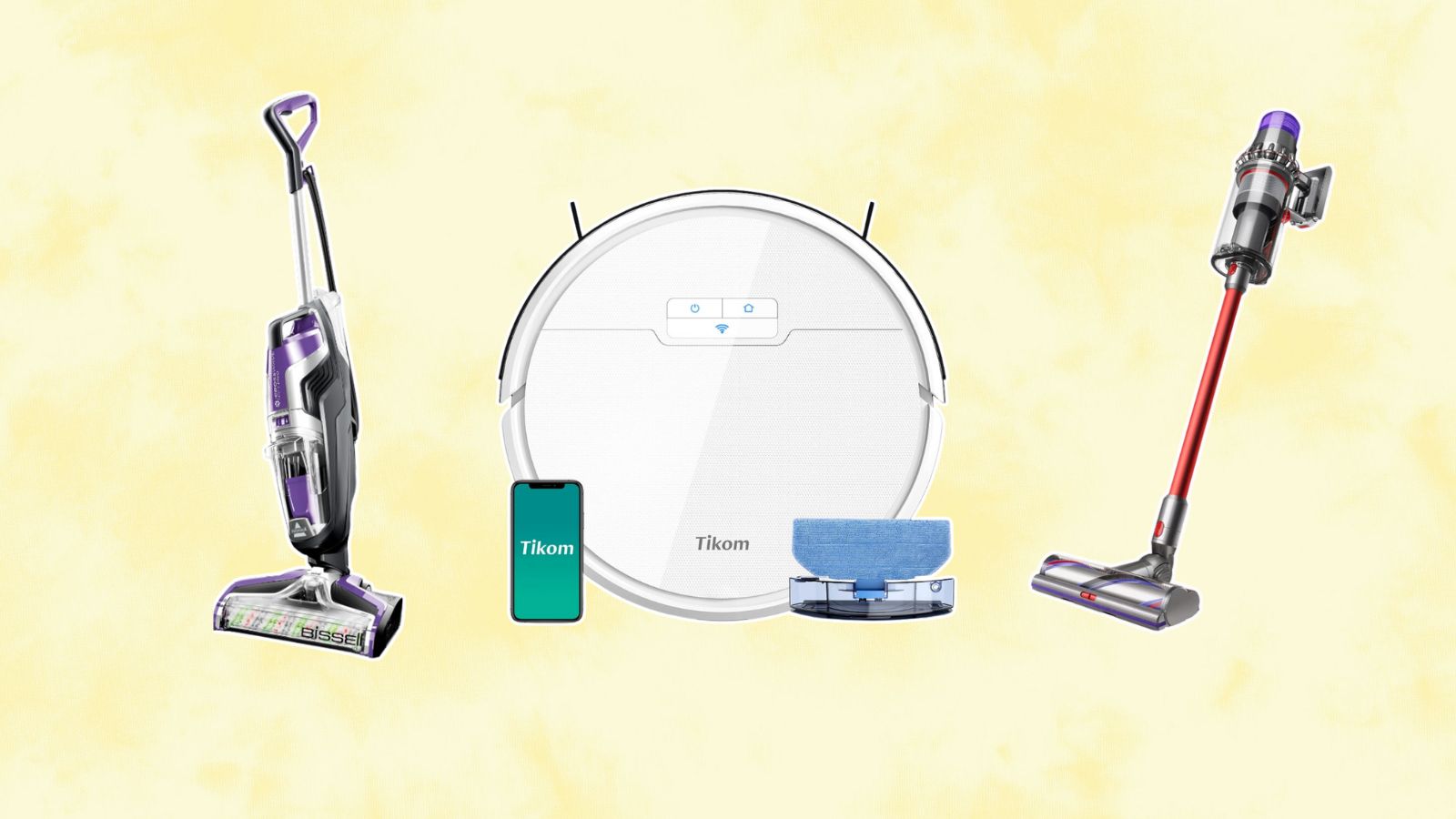 Amazon vacuum cleaners to nab during the retailer's Big Spring Sale — save up to 60% off our go-to small-space finds
Amazon vacuum cleaners to nab during the retailer's Big Spring Sale — save up to 60% off our go-to small-space findsChecking out the savings on Amazon? Vacuum cleaners are a must-buy during their first Big Spring Sale — here are our favorites up to 60% off
By Danielle Valente
-
 The Home Edit Walmart cleaning collection has just debuted with finds from $3
The Home Edit Walmart cleaning collection has just debuted with finds from $3Spring cleaning, anyone? The Home Edit Walmart cleaning collection has hit shelves with picks from $3
By Danielle Valente
-
 How to clean carpet on stairs — 3 simple steps to a spruced up staircase
How to clean carpet on stairs — 3 simple steps to a spruced up staircaseWant to know how to clean carpet on stairs? Our experts explain the simple steps to a sparkling stairway without too much elbow grease
By Andy van Terheyden
-
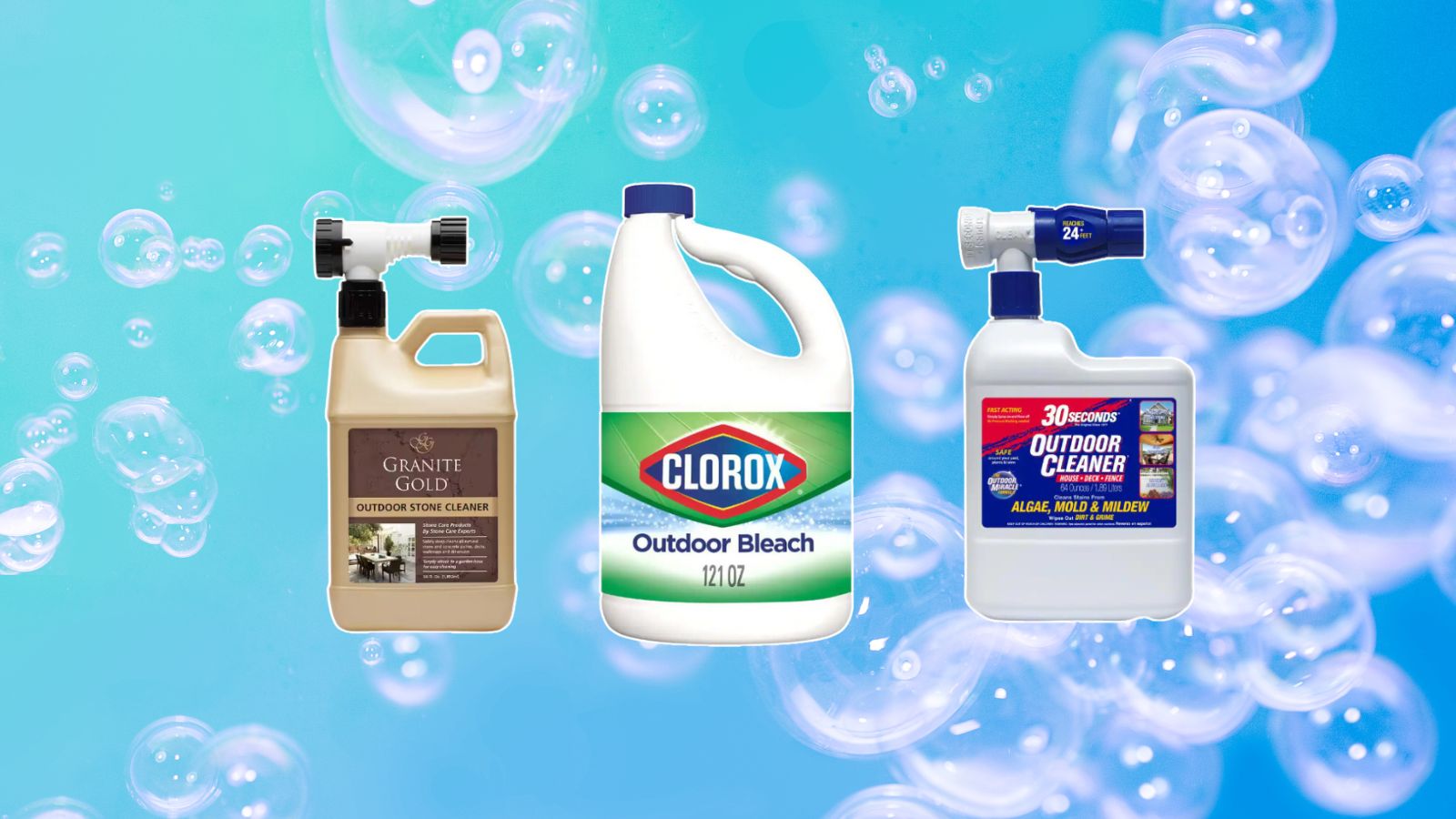 The Home Depot backyard and patio cleaning supplies we're stocking up on before spring
The Home Depot backyard and patio cleaning supplies we're stocking up on before springDon't forget the outdoors when spring cleaning — The Home Depot backyard and patio cleaning buys from $11 will assist with tidying up
By Danielle Valente
-
 The Shark Detect Pro vacuum and other models are on sale for St Patrick's Day — perfect picks for your spring clean
The Shark Detect Pro vacuum and other models are on sale for St Patrick's Day — perfect picks for your spring cleanWhether you're eyeing the Shark Detect Pro Vacuum or Shark Pet Cordless Stick Vacuum, shop the St. Patty's Day sale for a discount on the best vacuums on shelves
By Danielle Valente